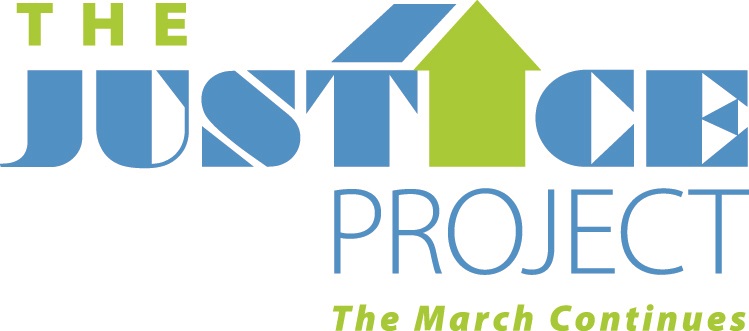(Scroll down for more resources!)
Judging our towns by the degree to which they value diversity, equity and inclusion has its origins in the civil rights movement. Cities across the country established human relations commissions to facilitate racial integration during that period. When some states and ultimately, in 1968, the federal government, outlawed discrimination based on race, color, national origin, and religion in housing, these commissions helped enforce these laws, mediate conflicts, build community, promote diversity, serve as an internal watchdog of local government, and affirmatively advertise the community to underrepresented groups.
Although this commitment petered out over subsequent decades, it regained momentum with the jolt of George Floyd’s murder by police officers. Black lives can only be truly shown to matter when the scaffolding of racial preference in white suburbs is dismantled.
But how do we create equitable, inclusive and diverse suburbs in a way that is effective and lasting?
We’ve all seen performative corporate attempts that claim to tackle DEI issues without actually making any concrete changes. There is a great risk that our north suburban towns are going to do just that with their ongoing DEI efforts. It is incumbent upon us as citizens to educate ourselves about what our towns are doing and how we can ensure that they do the critical, but often controversial, work of identifying and addressing barriers to welcoming minorities into our communities.
Andrés Tapia
Fortunately for us, Andrés Tapia agreed to speak to the Justice Project at our Quarterly Beloved Community Roundtable about precisely that. Andrés is a Senior Client Partner and Korn Ferry’s Global Diversity and Inclusion Strategist. He is one of the leading voices in shaping a contemporary, next-generation approach to diversity and inclusion. He has over 25 years of experience as a C-suite management consultant, diversity executive, organizational development and training professional, and journalist. Andrés is the recipient of numerous leadership and diversity awards and is currently serving on the boards of Leadership Greater Chicago, Jobs For The Future, and Ravinia Festival. He previously served as a commissioner on the Highland Park (IL) Housing Commission overseeing the city’s inclusionary housing code. Finally, although he is speaking to us today in a personal capacity, Andrés is currently a Member of the Highland Park City Council.
At our quarterly meeting on February 6th, Andrés engaged the 31 active residents who attended, living in nearly a dozen northern suburbs.
Key Takeaway: Inclusive Design
Inclusion, he said, is an expression of “how the [diversity] mix is working.” Equity is the “promise of equality fulfilled.”
He elaborated on what he called “inclusive design” when it comes to local planning. Here are some points raised during the Roundtable.
Conduct an equity audit prior to drafting a suburb’s comprehensive plan.
Who is at the table matters as much as what is said. “Talk the language of demographics” to include students, workers, and visitors in addition to residents.
Make sure you have data that demonstrates the inequality and inequity in the community.
Inclusive leaders are essential. Andrés shared his publication, The Five Disciplines of Inclusive Leaders.
Ultimately, we need to guarantee “transformative changes in structure as opposed to work-arounds.” This is what establishes the just and inclusive community, for keeps.
Additional DEI Planning Resources:
Books by Andrés Tapia’s books on:
Video: Exploring DEI Through Public Service Leadership, including the expertise of Professor Sean McCandless
Guide to Advancing Racial Equity and Transforming Government from the Goverment Alliance on Race and Equity (GARE) includes case studies for how local governments have tackled these issues
Highland Park's inclusionary housing policy
The City of Evanston's racial equity resolution
Courtesy, Andrés Tapia
Courtesy, Andrés Tapia





